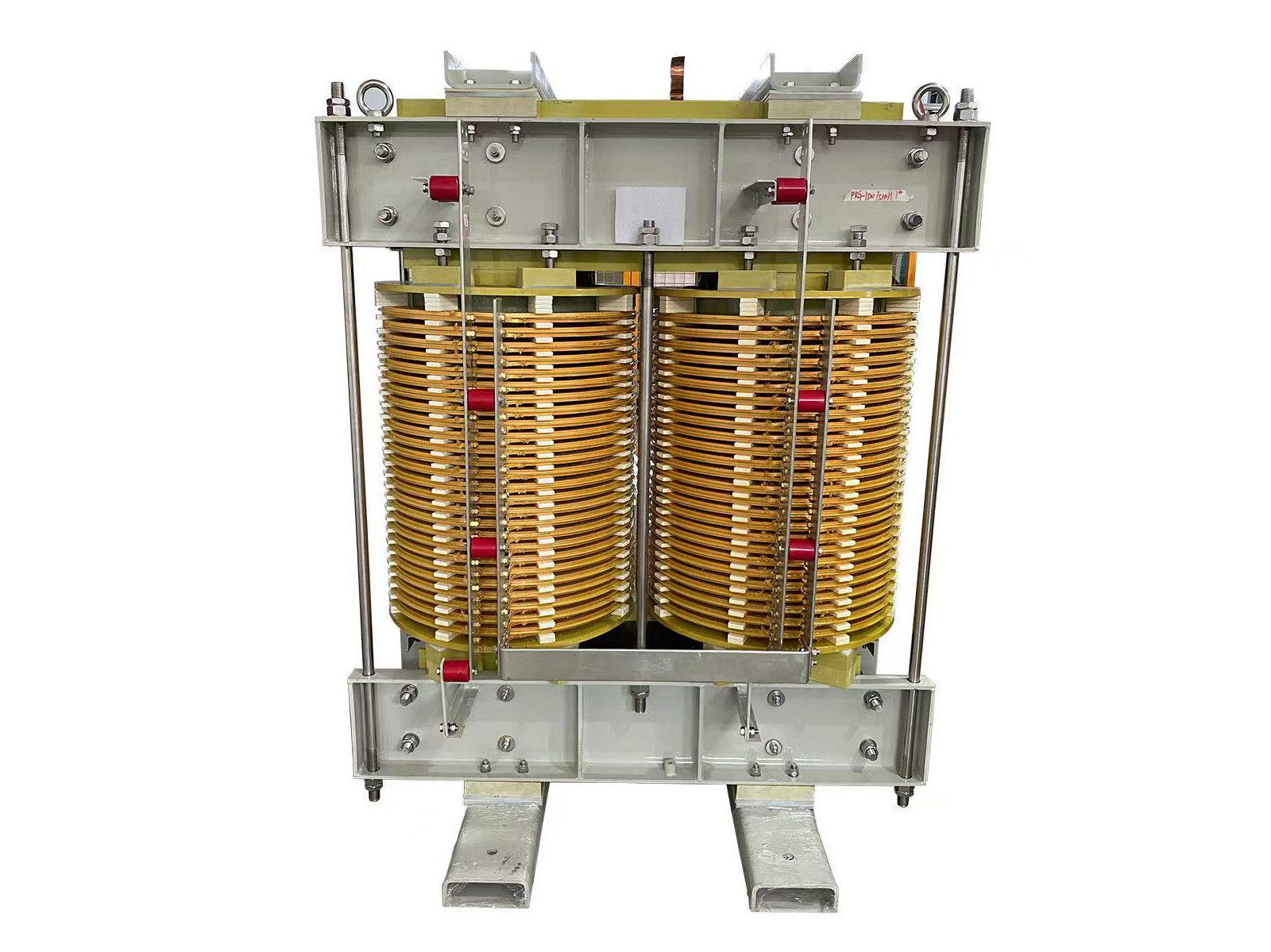Mastering the Art of Risk Mitigation: A Comprehensive Guide to Avoiding Hazards in Various Industries
In today's fast-paced and ever-evolving world, hazards and risks are an inherent part of almost every industry. Whether you're working in construction, healthcare, manufacturing, or any other field, understanding how to identify, assess, and avoid potential hazards is crucial for maintaining a safe and productive work environment. In this comprehensive guide, we will delve into the strategies and best practices that can help you mitigate risks effectively and ensure the well-being of yourself and those around you.
- Conducting a Thorough Risk Assessment:
Before embarking on any project or task, it is essential to conduct a comprehensive risk assessment. This involves identifying potential hazards, evaluating their likelihood and potential impact, and prioritizing them based on severity. By thoroughly understanding the risks involved, you can develop appropriate control measures to minimize or eliminate them altogether. - Implementing Effective Safety Training Programs:
One of the most effective ways to avoid hazards is by ensuring that all employees receive proper safety training. This includes educating them about potential risks, teaching them how to use safety equipment correctly, and instilling a safety-conscious mindset. Regular training sessions and refresher courses should be conducted to keep everyone up to date with the latest safety protocols and procedures. - Maintaining a Clean and Organized Work Environment:
A cluttered and disorganized work environment can significantly increase the likelihood of accidents and injuries. By keeping work areas clean, well-maintained, and free from unnecessary obstacles, you can minimize the risk of slips, trips, and falls. Implementing proper storage systems, labeling hazardous materials, and regularly inspecting equipment for defects are also crucial steps in maintaining a safe workplace. - Utilizing Personal Protective Equipment (PPE):
In many industries, personal protective equipment (PPE) plays a vital role in safeguarding workers from potential hazards. Whether it's helmets, gloves, safety goggles, or respiratory masks, providing and enforcing the use of appropriate PPE can significantly reduce the risk of injuries and illnesses. Regular inspections and maintenance of PPE should be conducted to ensure their effectiveness. - Emphasizing Effective Communication and Reporting:
Open and effective communication channels are essential for identifying and addressing potential hazards promptly. Encouraging employees to report any safety concerns or near-miss incidents can help identify underlying risks and implement preventive measures. Regular safety meetings, suggestion boxes, and anonymous reporting systems can facilitate this process and create a culture of safety awareness. - Regular Inspections and Maintenance:
Regular inspections of equipment, machinery, and infrastructure are crucial for identifying potential hazards before they escalate into accidents or failures. Implementing preventive maintenance programs and adhering to manufacturer's guidelines can help detect and rectify any issues promptly. Additionally, keeping accurate records of inspections and maintenance activities can aid in identifying patterns and implementing proactive measures.
Conclusion:
Avoiding hazards and risks in various industries requires a proactive and systematic approach. By conducting thorough risk assessments, implementing effective safety training programs, maintaining a clean work environment, utilizing personal protective equipment, emphasizing communication and reporting, and conducting regular inspections and maintenance, you can significantly reduce the likelihood of accidents and injuries. Remember, prioritizing safety not only protects lives but also enhances productivity and contributes to the overall success of any organization.
